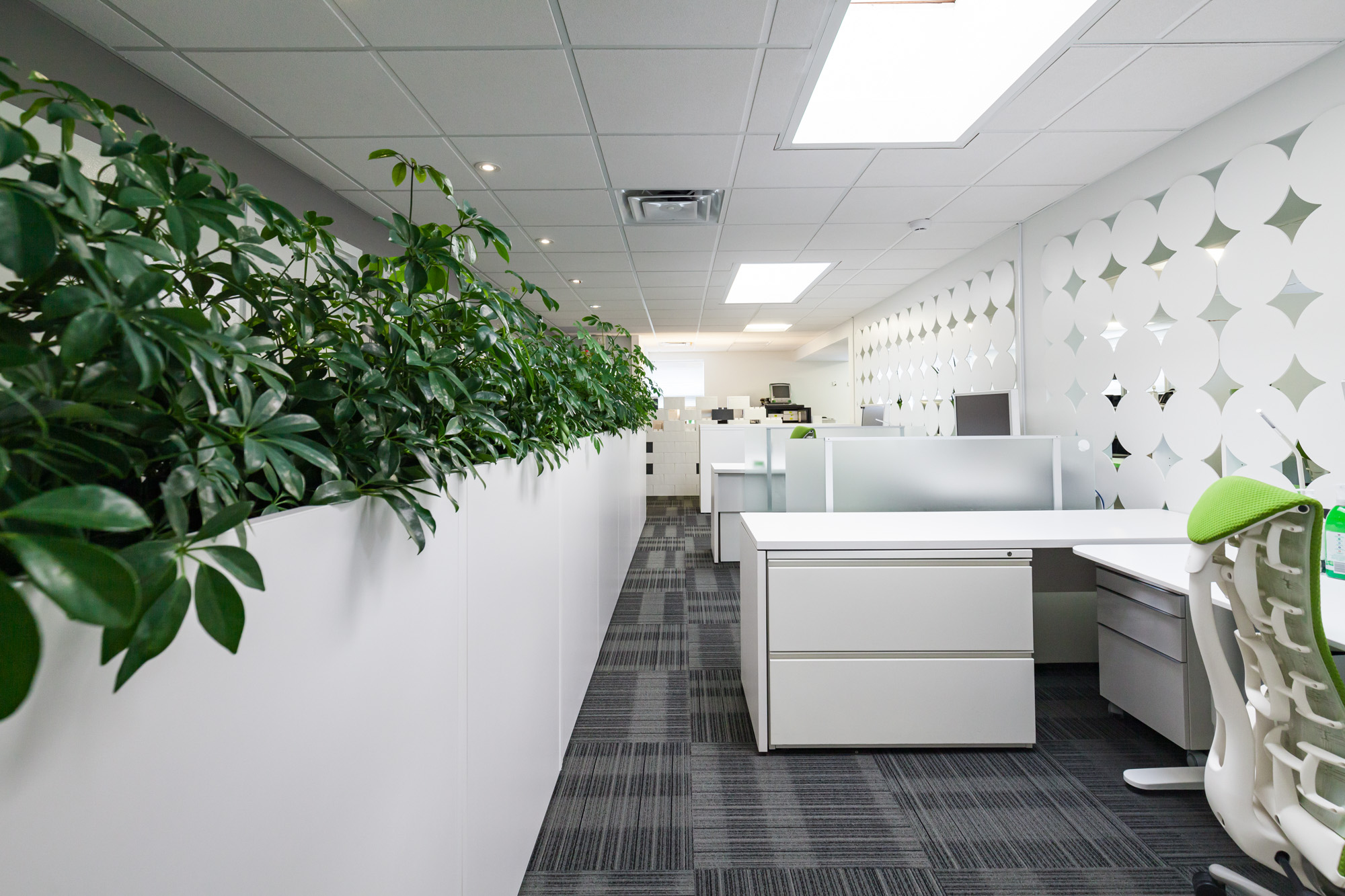Stale air kills productivity. Research from Harvard University shows that poor air flow quality in office environments can reduce cognitive function by 15% and slow employee response times on basic tasks. While most Canadian businesses focus on heating costs during long winters, they unknowingly create sealed environments that trap pollutants, carbon dioxide, and moisture. The result is workplaces where employees feel drowsy, struggle to concentrate, and experience more frequent headaches. Yet professional office interior design teams understand that strategic air flow quality management transforms these problems into competitive advantages through improved employee performance and reduced sick leave costs.
The German concept of “Lüften” offers valuable lessons for office interior design practices. Germans practice systematic ventilation by opening windows fully for short periods multiple times daily, even in winter. This cultural habit maintains air flow quality while minimizing heat loss. In contrast, others prefer sealed buildings to conserve warmth, creating environments where air flow quality deteriorates throughout the workday. Modern office design must bridge this gap by incorporating mechanical ventilation systems that provide fresh air without sacrificing energy efficiency.
How Air Flow Quality Affects People in the Office
Air flow quality directly impacts employee health, cognitive performance, and workplace satisfaction. Poor ventilation allows carbon dioxide levels to rise above 1000 parts per million, causing drowsiness and reduced concentration. When office interior design fails to address air flow quality, employees experience what researchers call “sick building syndrome,” including headaches, eye irritation, and respiratory problems.
Professional office interior designer specialists understand that air flow quality affects more than comfort levels. Studies demonstrate that employees in well ventilated offices complete cognitive tasks 12% faster than those in poorly ventilated spaces. This performance difference translates into measurable productivity gains that justify investments in comprehensive commercial interior design solutions.
Modern office design must accommodate varying occupancy levels throughout the day. Morning meetings pack conference rooms while afternoons see scattered individual work. Air flow quality systems need flexibility to adjust ventilation rates based on real time occupancy. Smart office interior design incorporates sensors that monitor carbon dioxide levels and automatically adjust airflow to maintain optimal conditions.
The psychological impact of air flow quality cannot be overlooked. Employees who can breathe easily feel more confident and engaged in their work. When commercial interior design prioritizes ventilation, workers report higher job satisfaction and are more likely to stay with their employers. This retention benefit alone can justify the costs of professional office interior design services.
Temperature control becomes more efficient when air flow quality systems work properly. Moving air helps distribute heating and cooling evenly, reducing hot and cold spots that create employee complaints. Professional office furniture design considers airflow patterns to ensure that desks, partitions, and equipment support rather than hinder ventilation effectiveness.
The Hidden Costs of Poor Air Flow Quality
Poor air flow quality creates expensive problems that affect business operations far beyond energy bills. When office interior design ignores ventilation requirements, companies face increased healthcare costs, higher absenteeism rates, and reduced employee productivity. Research indicates that businesses with poor air flow quality experience 23% more sick days and 35% higher employee turnover.
Canadian companies face particular challenges during winter months when buildings remain sealed for heating efficiency. Without proper air flow quality management, indoor pollutants accumulate to dangerous levels. Office furniture design that blocks ventilation compounds these problems by creating stagnant zones where contaminants concentrate.
Liability exposure increases when air flow quality problems affect employee health. Workers who develop respiratory conditions or experience fatigue due to poor ventilation may file workers compensation claims. Professional office interior design teams understand these risks and create documentation that demonstrates compliance with health and safety regulations.
Equipment problems multiply when air flow quality systems fail. Computers overheat in stagnant air, requiring expensive repairs and replacements. Office interior layouts that restrict airflow around electronic equipment create maintenance nightmares that disrupt business operations. Professional commercial interior design prevents these issues through strategic space planning.
Recruitment becomes more difficult when airflow quality problems create uncomfortable work environments. Talented employees avoid companies with reputation for stuffy offices and poor working conditions. Professional office interior designer expertise creates environments that attract rather than repel top talent.
Energy costs increase when air flow quality systems work inefficiently. Blocked vents force HVAC systems to work harder, consuming more electricity and requiring more frequent maintenance. Modern office design optimizes airflow patterns to reduce energy consumption while maintaining comfort levels.
Office Interior Design Tips for Optimal Air Quality
Strategic Furniture Placement represents the foundation of effective air flow quality management. Professional office furniture design considers ventilation patterns when positioning desks, partitions, and storage units. Furniture should support rather than obstruct natural airflow throughout the space. Office interior layouts require clear pathways for air circulation, avoiding dense clusters that create stagnant zones.
- Natural Ventilation Integration provides cost effective air flow quality improvement when properly managed. Commercial interior design teams understand when and how to incorporate operable windows into ventilation strategies. Cross ventilation through strategically placed openings can supplement mechanical systems during favorable weather conditions. However, office interior design must balance natural ventilation with security, noise, and energy efficiency requirements.
- Mechanical System Optimization ensures consistent air flow quality regardless of weather conditions. Professional office interior designer specialists coordinate with HVAC engineers to design systems that provide adequate fresh air without wasting energy. Modern office design incorporates variable air volume systems that adjust ventilation rates based on occupancy and air quality sensors.
- Plant Integration offers natural air flow quality enhancement through biophilic design principles. Office furniture design can include planters and green walls that improve air quality while creating attractive work environments. Plants absorb carbon dioxide and release oxygen, supporting natural air flow quality improvement. Commercial interior design teams select plant species that thrive in office conditions while providing maximum air purification benefits.
- Zone Based Ventilation addresses varying air flow quality needs throughout office interior layouts. Different areas require different ventilation rates based on occupancy and activities. Conference rooms need higher ventilation rates than storage areas. Professional office interior design creates zones that optimize air flow quality for specific functions while maintaining overall system efficiency.
- Technology Integration enables real time air flow quality monitoring and control. Smart office systems can track carbon dioxide levels, humidity, and air pollutants continuously. Commercial interior design incorporates sensors and control systems that automatically adjust ventilation to maintain optimal conditions. This technology approach ensures consistent air flow quality without requiring constant manual intervention.
- Maintenance Accessibility ensures long term air flow quality system performance. Office interior design must provide access for filter changes, duct cleaning, and equipment maintenance. Professional teams design maintenance schedules and access points that keep systems operating efficiently. Regular maintenance prevents the gradual degradation of air flow quality that affects employee health and productivity.
- Material Selection impacts air flow quality through off gassing and chemical emissions. Office furniture design specifications should prioritize low emission materials that do not contaminate indoor air. Modern office design avoids materials that release volatile organic compounds or other harmful substances. Professional commercial interior design teams understand which products support rather than compromise air flow quality objectives.
- Emergency Ventilation provides backup air flow quality protection during system failures or emergencies. Office interior layouts should include manual ventilation options that can provide fresh air when mechanical systems fail. Professional office interior designer planning includes redundancy measures that maintain basic air flow quality even during equipment problems.
- Customized Solutions address specific air flow quality challenges in unique environments. Every office has different requirements based on location, building construction, and business activities. Commercial interior design teams develop tailored approaches that optimize air flow quality for specific conditions rather than applying generic solutions.
Frequently Asked Questions (FAQ):
What are the measurable productivity benefits of investing in professional air flow quality improvements through office interior design?
Research demonstrates that proper air flow quality management through professional office interior design improves cognitive performance by 12% and reduces response times on complex tasks. Employees in well ventilated offices complete work faster and make fewer errors compared to those in poorly ventilated spaces. Professional office interior designer expertise creates environments that reduce sick days by 23% and employee turnover by 35%. These measurable benefits typically justify air flow quality investments within 18 months through reduced healthcare costs, lower recruitment expenses, and improved operational efficiency.
How should office furniture design consider air flow quality requirements when planning modern office layouts?
Professional office furniture design must consider ventilation patterns when positioning desks, partitions, and storage units to avoid blocking airflow. Office interior layouts require clear pathways for air circulation, with furniture arranged to support rather than obstruct natural air movement. Commercial interior design teams analyze HVAC system airflow patterns and coordinate furniture placement accordingly. Modern office design incorporates modular furniture systems that can be reconfigured without disrupting air flow quality, ensuring ventilation effectiveness remains optimal even when layouts change to accommodate business growth or reorganization.
How does working with a design build interior partner improve construction safety outcomes compared to traditional project delivery methods?
A design build interior partner approach integrates safety planning with construction expertise under unified management, eliminating communication gaps that can compromise safety outcomes. Professional teams coordinate office interior design specifications with installation requirements from project inception, preventing field conflicts that create safety risks during construction. They maintain comprehensive oversight of safety related installations and provide contractors with detailed documentation that ensures proper implementation of emergency systems, ergonomic features, and environmental controls. This integrated approach typically reduces construction related safety incidents by 25% compared to traditional methods where design and construction teams work separately.
Key Takeaways:
- Professional office interior design that prioritizes air flow quality can improve employee cognitive performance by 12% and reduce sick days by 23%
- German “Lüften” practices demonstrate effective ventilation strategies that other commercial interior design can adapt for climate specific conditions
- Poor air flow quality costs businesses through increased healthcare expenses, higher turnover, and reduced productivity that far exceed ventilation system investments
- Strategic office furniture design considers airflow patterns to ensure desks and partitions support rather than obstruct effective ventilation
- Modern office design incorporates smart sensors and variable air volume systems that automatically adjust air flow quality based on real time conditions
- Office interior layouts require zone based ventilation approaches that address varying air flow quality needs for different activities and spaces
- Professional office interior designer expertise prevents liability exposure through proper documentation and compliance with health and safety regulations
- Natural ventilation integration through strategic window placement can supplement mechanical systems while maintaining energy efficiency
- Biophilic office furniture design incorporating plants provides natural air flow quality enhancement while creating attractive work environments
- Regular maintenance accessibility ensures long term air flow quality system performance and prevents gradual degradation that affects employee health
The most successful businesses recognize that air flow quality represents a fundamental requirement for productive work environments rather than an optional amenity. Professional commercial interior design teams who understand both technical requirements and aesthetic objectives create solutions that support employee health while maintaining operational efficiency. When office interior design prioritizes air flow quality from project inception, the resulting environments provide measurable benefits through improved cognitive performance, reduced absenteeism, and enhanced employee satisfaction. Smart investments in professional office interior designer expertise and modern office design strategies deliver returns that far exceed the costs through improved business outcomes and competitive advantages in talent attraction and retention.

